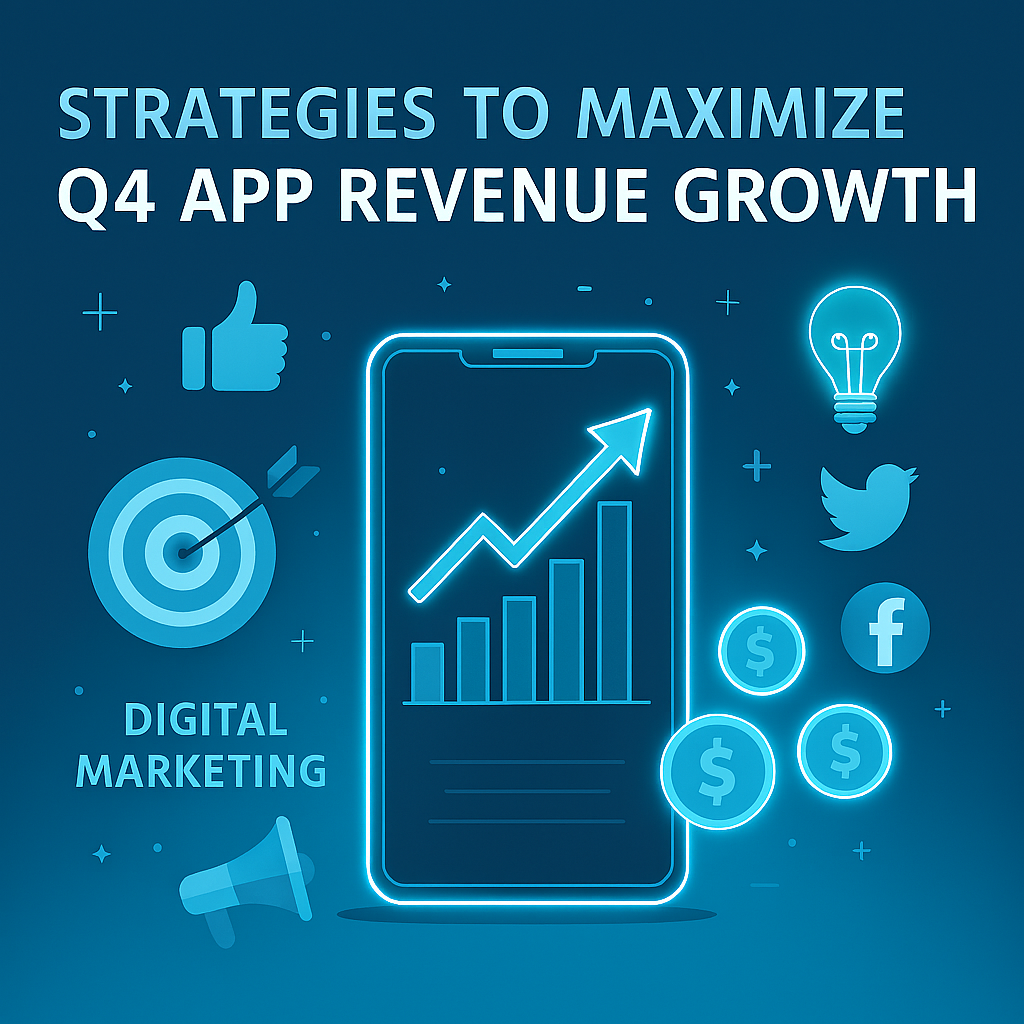What is a Mobile DSP?
A mobile DSP (Demand Side Platform) is a software automation tool used in mobile advertising. Mobile DSPs allow to gather, combine and analyze very large datasets to execute mobile advertising campaigns.
Advertisers use mobile DSPs to manage and purchase ad inventory (banner, native, video ads) in a marketplace populated with ad placements from publishers.
DSPs execute the most efficient possible ad buying by analyzing data about users and available ad spaces. The counterpart of the DSP is the SSP, the technological platform used by publishers to aggregate advertising spaces available on their properties.
How do demand-side platforms work?
DSPs employ algorithms, AI and machine learning to let advertisers buy the best ad placements for their ads at the best price. Best ad space and best price don't stand only for cheap prices, but the most efficient in order to generate clicks and conversions.
Nowadays, with programmatic advertising and AI based tools, ad placement and ad bidding is done automatically.
Difference between DSPs and SSPs
Demand-side platforms vs Supply-side platforms
SSPs (Supply Side Platforms) are the counterpart of DSPs (Demand Side Platform). SSPs are used by publishers to sell ad spaces in the most efficient way, while DSPs are used by advertisers to buy ad inventory (again, in the most efficient way).
DSPs and SSPs are connected via ad exchanges and data exchanges protocols, such as openRTB.
SSPs exist to allow a group of publishers to offer their ad inventory to exchanges and buyers. DSPs are the counterpart of SSPs, as they allow buyers to pick the best ad placements among those offered by SSPs.
Thus SSPs offer only a coherent view to buyers of the ad spaces offered by their publisher members, while DSPs offer a mix of technology and algorithms to make the media buying efficient.

Types of demand-side platforms companies
There are three big families of DSPs, mobile, white-label and self-serve. In the context of this article we refer only to mobile DSPs. Self-serve DSPs let the advertisers buy ad spaces by themselves doing all the optimisation together with the algorithms.
White-label DSPs offer a ready-to-go technological solution to implement your own DSP without developing software and algorithms, and without having to sign your own deals with traffic suppliers.
Mobile DSPs and mobile exchanges
Mobile DSPs are DSPs specialized in mobile media buying. Let's have a look at the biggest differences between general purpose DSPs and mobile-only DSPs:
- Creative formats, as mobile advertising formats are not the same as desktop ones. Mobile formats offer different sizes (for example smaller banners in order to fit into a smartphone screen) and different interactions, such as rewarded ads. Rewarded ads give the user a reward for viewing an ad or interacting with the ad. These ads are used mostly in activities that target mobile gaming apps growth.
- In-app traffic. Mobile formats are different from desktop formats, not only for the size-factor, but also because they must support in-app ads. In-app ads are shown inside native apps.
- Data. Mobile advertising is already in a post-cookie environment (specially iOs campaigns). Mobile DSPs have developed optimization tools and algorithms that don't rely anymore on audiences but rather use contextual targeting to optimize and grow mobile products.
Mobile DSPs use most of the time the same procotocols and APIs used by general purpose DSP to bid and serve as, such as the openRTB procotol.
Creative formats for mobile DSPs
As we have said before, mobile ads use different formats, not the same used in desktop ads. The main difference is the size factor, both for in-app traffic and for mobile web traffic.
Here's a list of the most important formats used by mobile DSPs:
- Mobile banner ads: These are standard banner ads that appear on mobile websites and apps. The most standard banner sizes are 320×480, 300×250 and 320×50 for smartphones and 728×90, 768×1024 and 300×600 mobile ad units for tablets.
- Native Ads: These ads are designed to match the look and feel of the content they appear within.
- Mobile Video Ads: These are video ads that play on mobile devices.
- Mobile Rich Media Ads: These are interactive ads that can include video, audio, or other multimedia elements.
- Interstitial ads: These are full-screen ads that appear between content pages.
- Rewarded ads: graphic or video ads that give the user a reward for watching the ads or interacting with it. These formats are specific to gaming apps and are very efficient for gaming apps growth.
- Playable ads: a format created for mobile gaming apps, playable ads let the user test a new game for a few seconds before deciding to download it. The playable game inside the app is rendered in HTML and is fully playable by the user, giving her a preview of the gaming app.

Why to use a mobile DSP?
In the context of mobile user acquisition, DSPs are used to bring in traffic that will generate conversions. But what are mobile DSPs companies used for?
Here are three situations where DSPs might give a boost to the user acquisition strategy for your mobile app:
- Reach more traffic. DSPs are incremental channels that let the advertiser test and buy new sources of traffic.
- Cost efficient ad space bidding. DSPs companies are intelligent, and they let you buy traffic that is very efficient. Algorithms choose impressions that generate cheap clicks and conversions.
- Usually there is (almost) no risk. No risk at all if you bid on a mobile performance DSP, since you pay only on performance. This is very important, especially for small and medium-sized advertisers.
When to integrate a mobile DSP in your user acquisition strategy?
First, start promoting your apps on the most common channels (such as Meta's apps, TikTok and obviously Google). These channels are very powerful to startup your user acquisition efforts, but soon you will find that there is much competition, and new sources of traffic are needed to scale up your user acquisition campaigns.
This is the time when you start looking around to integrate mobile DSPs.
How to find all the mobile DSP companies on the market?
On the web there are some lists that might help you generate a list of the mobile DSP companies you can integrate with. For example you could visit Business of Apps, a good news website about the industry where you will find lots of links to mobile DSPs and also tech related news that are useful to pick the right partner for your user acquisition campaigns.
There is also another tip that I can give you, Mobile Measurement Partners offer also comprehensive lists of all the media partner companies they are integrated with. Look for Appsflyers's list or contact the support of your MMP to get a good list.
How to pick the best mobile DSP for your user acquisition strategy?
Choosing the right DSP to work with (or the right DSPs to work with) it's not an easy task. Obviously before working with external partners you must set up a set of solid KPIs that will help you measure the results and optimize your budget spending.
Here are a few important criteria that will help you decide whether integrating a new DSP or not:
- Go self-serve or fully managed. Self-serve DSPs let you set up campaigns autonomously, might be very efficient in terms of investment (thus ROI), but require the right skills on your team. Fully managed DSPs on the other side offer not only the software behind the DSP technology, but also the know-how and resources needed to setup and optimize campaigns.
- Pick the best formats. Different DSPs offer different formats that yield different ROIs for your campaigns. For example some mobile DSPs offer only rewarded ads, while others might offer only mobile video inventory.
- Expand your reach. The main reason for integrating a new DSP is extending your current reach, getting new users. Not every DSP reaches the same target audience, so integrating the right DSPs might differentiate your audience and make it bigger.
- Transparency. Different DSPs offer different levels of transparency. Transparency might be at the cost level (such as the CPM paid to the publisher) or the granularity of data that is shown to the advertiser for optimization purposes. Obviously look for the DSPs that offer the biggest transparency.
If you want more tips on the choice of the best DSP for your user acquisition campaigns you might want to check our guide here!




















